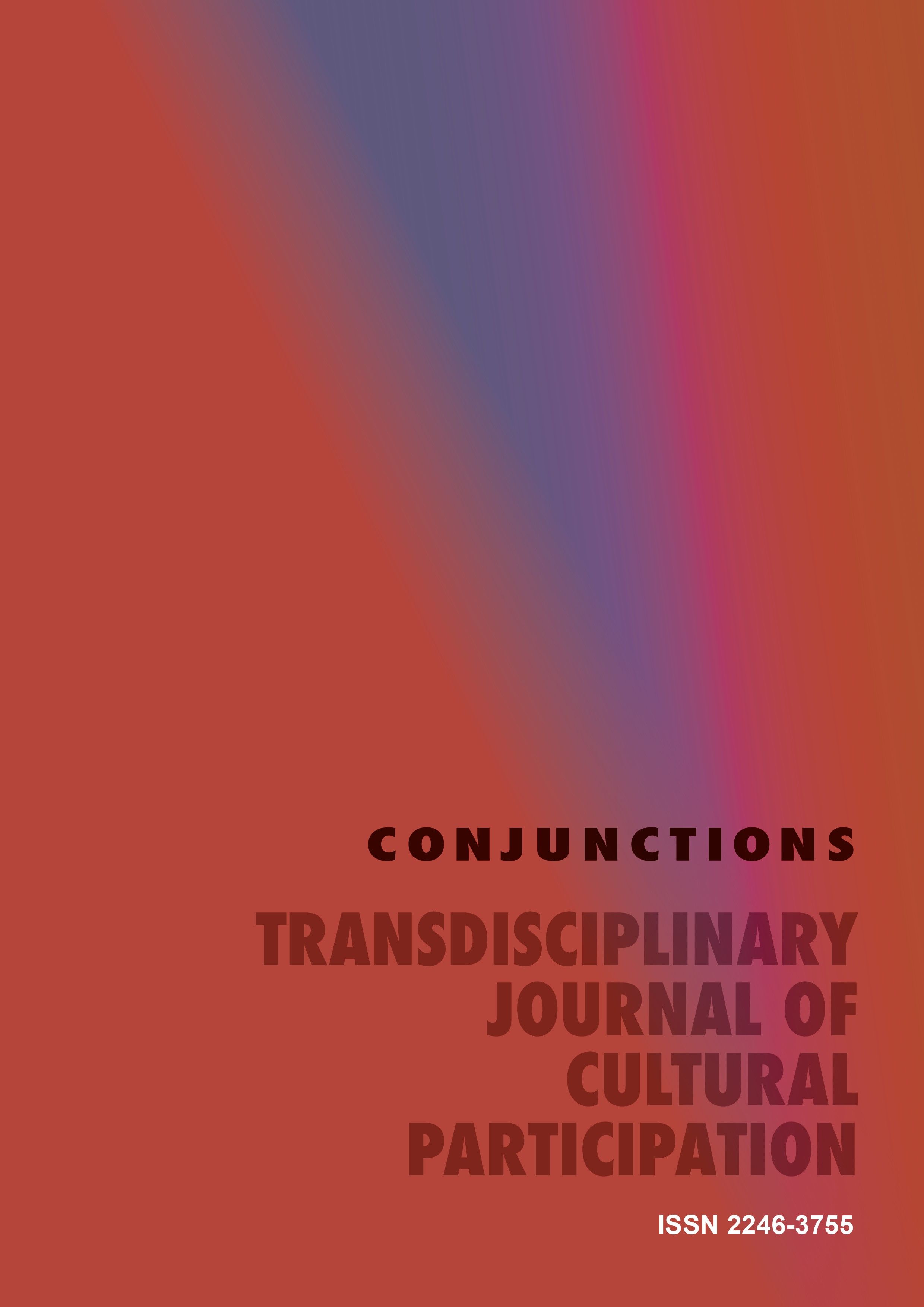Democratic Design Through Play
DOI:
https://doi.org/10.2478/tjcp-2022-00012Keywords:
Child participation, Participatory design, Play culture, Public space, UNCRCAbstract
The theoretical paper explores the question how designers and children can interact as peer citizens in participatory design (PD) processes. By discussing and integrating Mouritsen’s (2002) concept of child culture, approaches to child-citizenship and concepts of free play, we discuss how participatory design practices could stimulate child and adult cultures to permeate each other and by doing so, enable democratic interactions. Both children and adults are required to step away from their internalized normative ways of interaction. Adult designers are invited to also play and improvise whereas children are encouraged to play, but also to share responsibility for the process and outcome of PD sessions. The Ambiguity Approach (Vaneycken, 2020) is introduced as a methodological basis for more democratic PD practice with children. Two snapshots of PD processes illustrate the implementation of ambiguity of roles and ambiguity of materials respectively.
Downloads
Published
How to Cite
Issue
Section
License

This work is licensed under a Creative Commons Attribution-NonCommercial-NoDerivatives 4.0 International License.
Copyright (c)): Author
This work is licensed under a Creative Commons Attribution-NonCommercial-NoDerivatives 4.0 International License.





